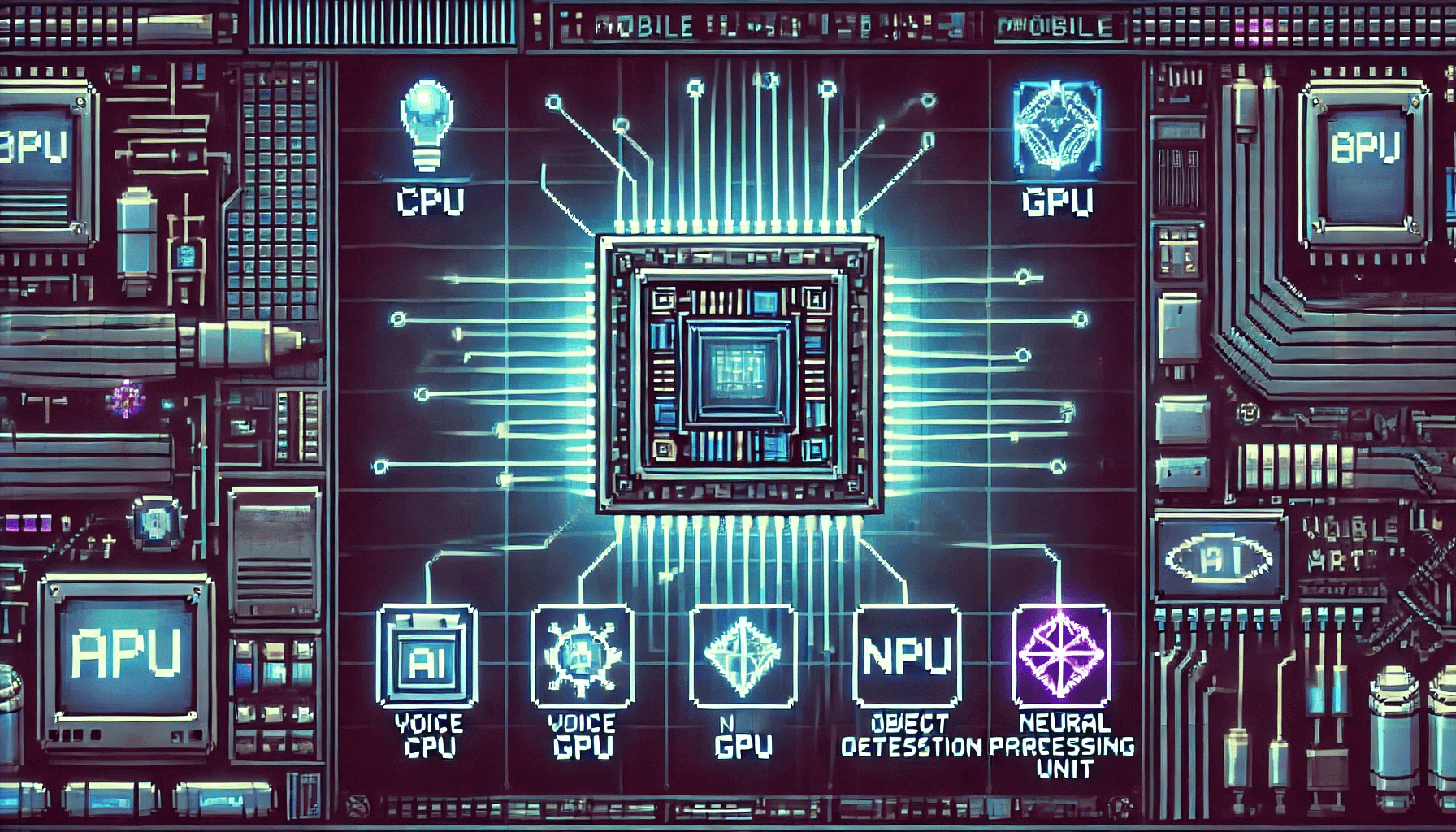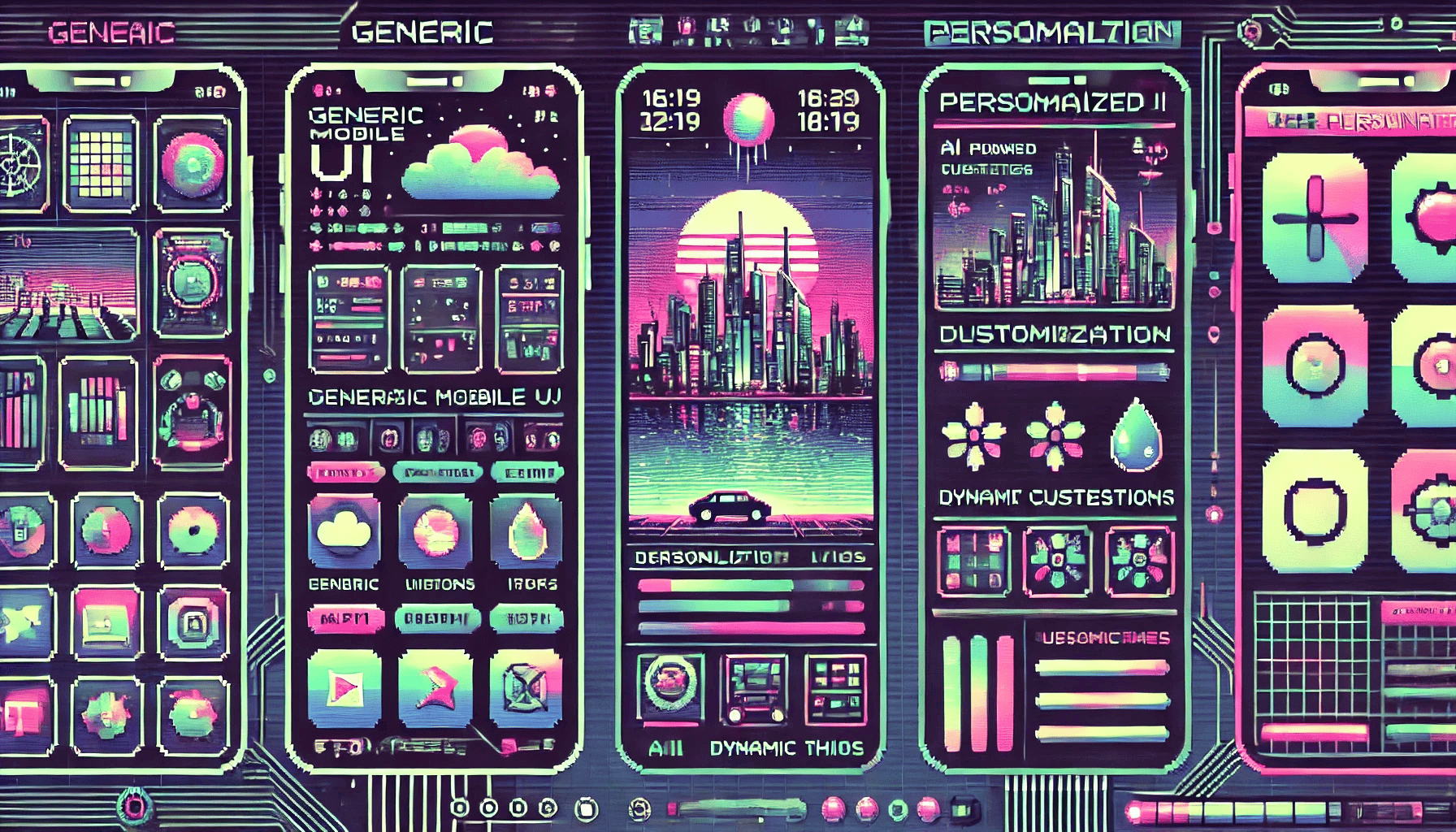AI in Mobile Apps
Explore how AI is transforming mobile apps in 2025

@chromecipher1
4 months ago
0
AI in Mobile Apps
Artificial Intelligence isn’t just powering backend systems anymore — it’s baked directly into the user experience of mobile apps. In 2025, AI enables personalization, smarter interactions, and even offline intelligence on the device itself.
From chatbots to predictive UI to on-device facial recognition, here’s how developers are integrating AI into mobile apps today — and what you need to know to do the same.
🧠 1. Why AI Is Now Core to Mobile UX
AI bridges the gap between passive apps and dynamic, adaptive experiences. It's no longer a "nice-to-have" — it's a user expectation.
🤳 Real-World Examples:
- Spotify auto-generating daily playlists
- AI camera filters detecting scenes
- Banking apps flagging suspicious activity in real time
- Fitness apps offering tailored plans from usage behavior

⚙️ 2. Common AI Use Cases in Mobile Apps
Here’s where developers are seeing the most traction:
- Voice & NLP: Chatbots, virtual assistants, dictation
- Computer Vision: Face unlock, barcode scanning, AR filters
- Predictive UX: Suggesting content, autofill, next-step guidance
- Smart Notifications: Context-aware alerts based on behavior or location
// Example: Using on-device text recognition with Firebase ML Kit (Flutter)
final textDetector = FirebaseVision.instance.textRecognizer();
final visionImage = FirebaseVisionImage.fromFile(imageFile);
final visionText = await textDetector.processImage(visionImage);
print(visionText.text);
📲 3. On-Device AI vs Cloud AI
In 2025, on-device AI is finally fast and efficient enough for many common tasks. But cloud-based AI still plays a role in complex inference and training models.
🔍 Comparison:
| Feature | On-Device AI | Cloud AI |
|---|---|---|
| Speed | Instant | Network-dependent |
| Privacy | High (local) | Lower (data sent to cloud) |
| Use Cases | Face unlock, translation | Large models, personalized feeds |
| Tools | Core ML, TFLite, ML Kit | OpenAI API, AWS, Google AI |

🧰 4. Popular SDKs & Frameworks for Mobile AI
Here are the go-to tools for implementing AI into mobile apps in 2025:
- Firebase ML Kit — Google's all-in-one mobile AI SDK
- TensorFlow Lite — Optimized ML models for mobile
- Apple Core ML — Powerful on-device models for iOS
- Hugging Face Transformers — Some mobile support via TFLite conversion
- Microsoft Azure AI & Custom Vision — Easy integration via REST API
# Add TensorFlow Lite to Android (example)
implementation 'org.tensorflow:tensorflow-lite:2.12.0'🔐 5. Building AI Responsibly on Mobile
More power means more responsibility. Users are sensitive to how their data is used, and AI-driven features must be fair, fast, and ethical.
✅ Best Practices:
- Be transparent about AI decisions
- Run privacy-sensitive tasks locally
- Optimize battery usage and inference size
- Consider bias and fairness in model datasets

📚 Sources & Further Reading
📅 Last Updated: June 2025
More from @chromecipher1

AI and Automation in Desktop Apps
AI is transforming desktop software — from intelligent UI behavior to background automation
@chromecipher1
4 months ago

